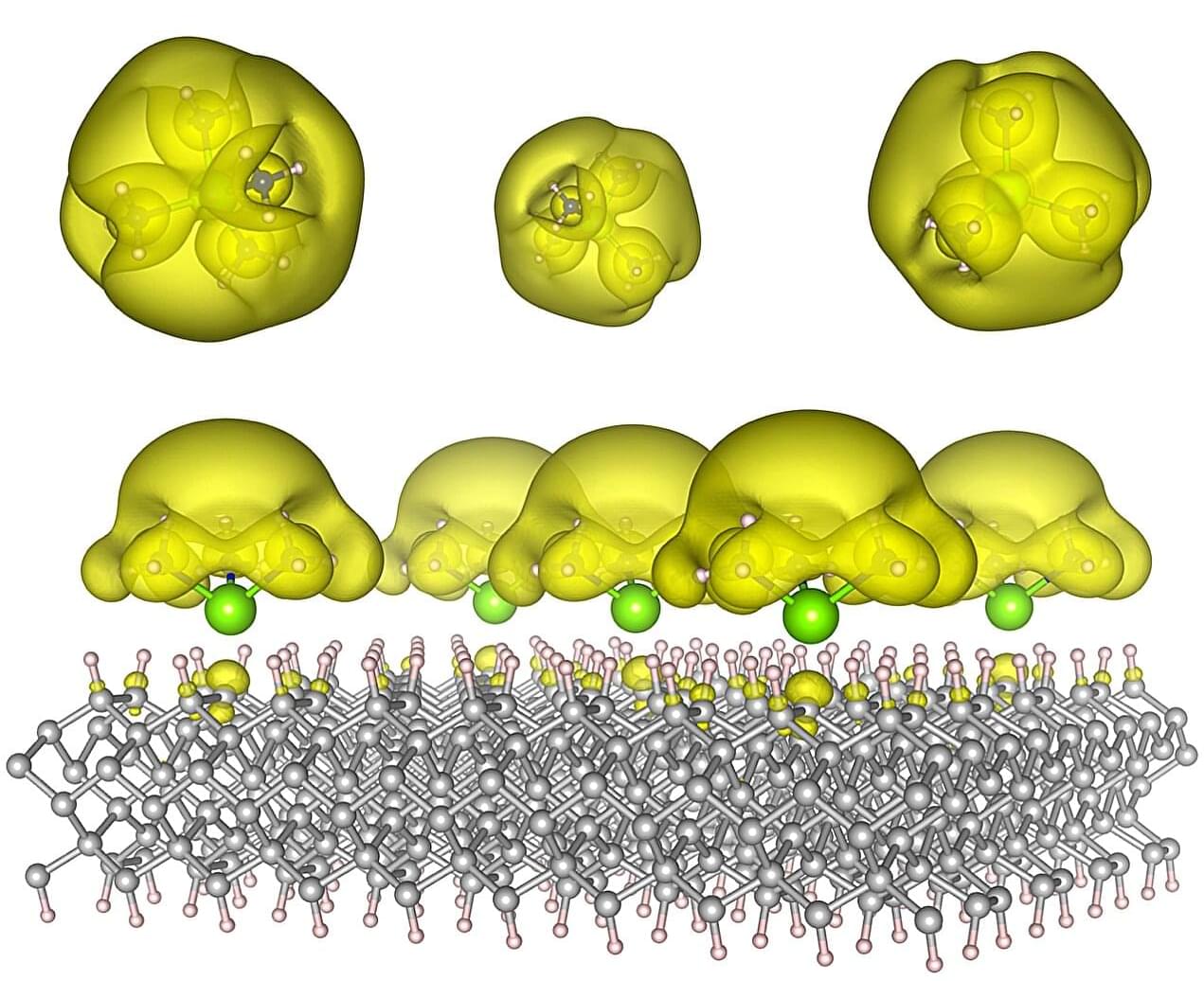There could soon be a new way to interact with your favorite AI chatbots—through the clothing you wear. An international team of researchers has developed a voice-sensing fabric called A-Textile. This flexible patch of smart material turns everyday garments into a kind of microphone, allowing you to speak commands directly to what you’re wearing. This lets you communicate with AI systems such as ChatGPT or smart home devices.
Wearable devices that sense and interact with the world around us have long been the stuff of science fiction dreams. However, traditional sensors currently in use are often bulky, rigid and uncomfortable. They also lack sensitivity, meaning they struggle to hear soft or normal speaking voices, making it hard for AI to understand commands.
The researchers addressed this issue by exploring triboelectricity, the principle behind static electricity. A-Textile is a multi-layered fabric, and as you move the layers, they rub together to create a tiny electrostatic charge on the fabric. When you speak, the sound waves cause the charged layers to vibrate slightly, generating an electrical signal that represents your voice. To boost the signal, the team embedded flower-shaped nanoparticles into the fabric to help capture the charge and prevent it from dissipating. This ensures it is clear enough to be recognized by AI.






